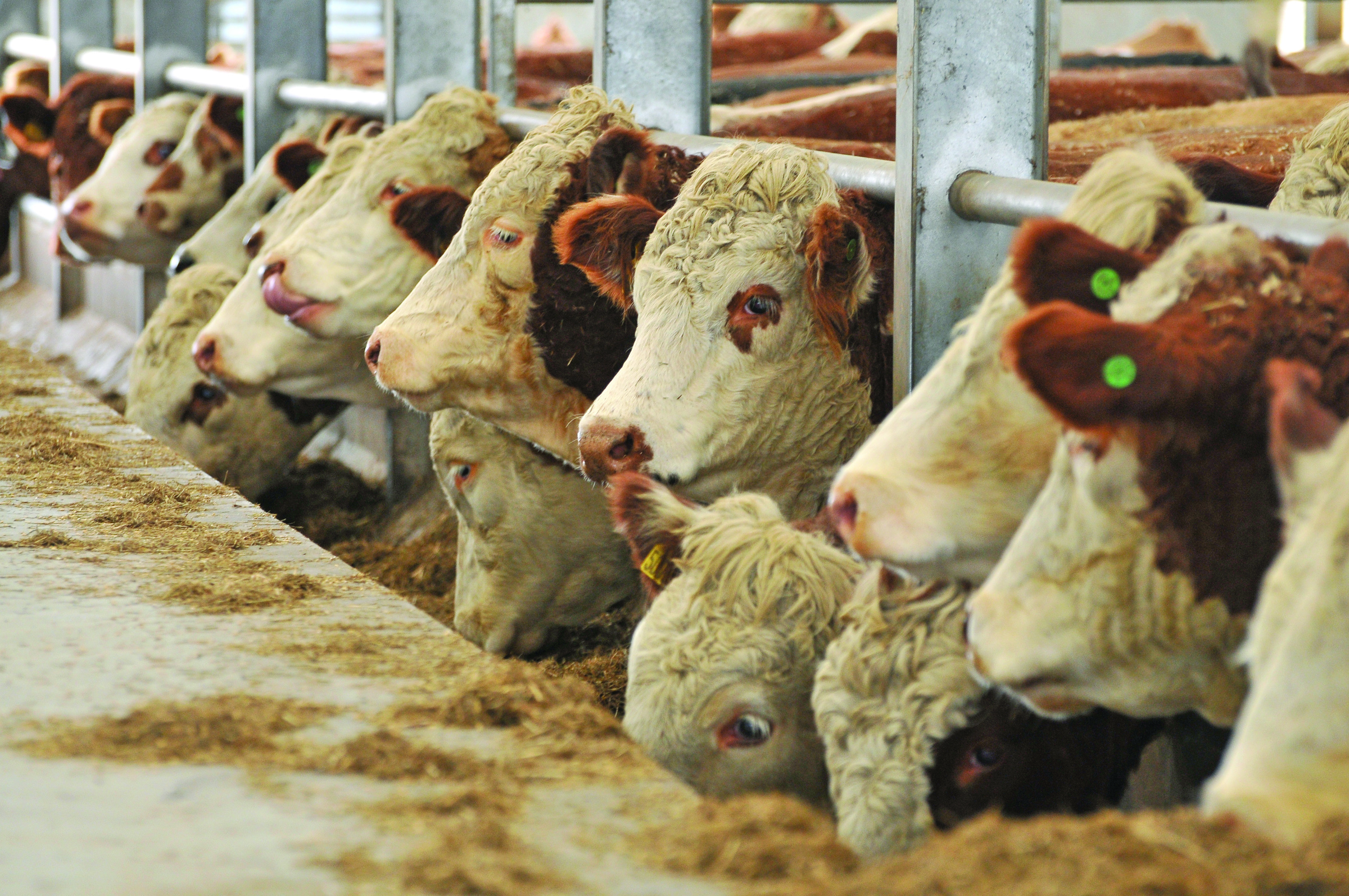A win-win approach to reducing animal disease, cutting greenhouse gas emissions and boosting farm profits is being investigated by scientists and Scottish Government policy teams.
Grazing ruminants like cattle and sheep are known to be responsible for 50% of the greenhouse gas (GHG) emissions associated with agriculture, and livestock researchers at Edinburgh’s Moredun Institute have identified 12 common diseases which exacerbate these emissions.
Senior researcher Dr Philip Skuce said that if something ‘meaningful’ was done to reduce endemic diseases such as Johnes, Leptospirosis, Sheep Scab, Fluke, Toxoplasmosis and IBR there was an opportunity to reduce emissions without compromising farm profitability.
Initially Government, the Moredun and farming industry stakeholders considered selecting one disease to eradicate but that was considered to be too difficult. Instead it was decided more could be achieved through an accumulation of ‘marginal gains’ by encouraging farmers to investigate health issues on their own farms and then reduce them through better diagnosis, monitoring and biosecurity.
“Every farm has something and it’s not always the same thing or same part of the country, and that reflects the nature of these diseases,” said Dr Skuce.
“Discussions are still ongoing with policy teams and stakeholders, looking at how it can be made to work in practice. Animal health schemes could be incentivised by the Scottish Government, but it’s about encouraging farmers, and making it in farmers best interests.
“The idea is to identify the win-wins. We could reduce disease on farms, reduce environmental impact but also promote sustainability and the economics of livestock farming, which is marginal at best.”
Dr Skuce said top performing farms were already implementing best practice but the middle 20% of producers could improve significantly. He added that the bottom quarter couldn’t be persuaded to move forward.
Moredun chief executive Professor Julie Fitzpatrick said the Scottish Government was leading the way on the issue.
“In general most of the focus of the UK has been on exotic disease control, whereas the Scottish Government has invested in endemic disease control,” she said.
“Exotic diseases are an immediate risk to a country so you can see why it’s done, but if we’re going to end up with high-welfare, high-production, low -environmental impacts through farming, we have to invest in future technologies.”
Moredun chairman, Crieff farmer Ian Duncan Miller said that falling subsidies meant he was looking for other tools that could increase his output and he was attracted by the prospect of improved disease control.
He added: “If I can increase my lamb survival from 85%-95% for instance, I’m going to do it because that makes money for me.”
nnicolson@thecourier.co.uk
